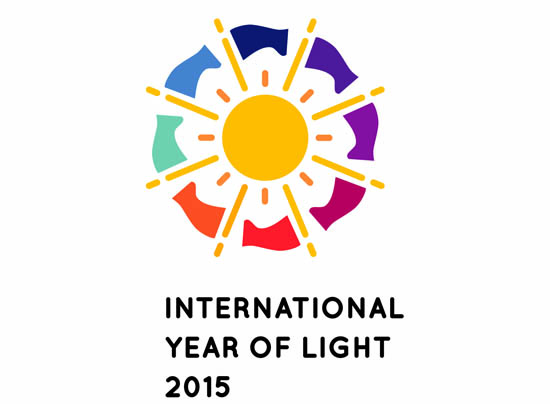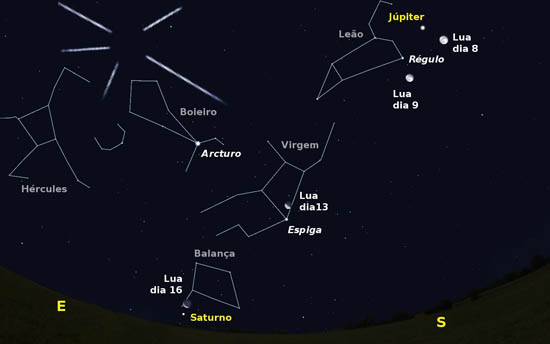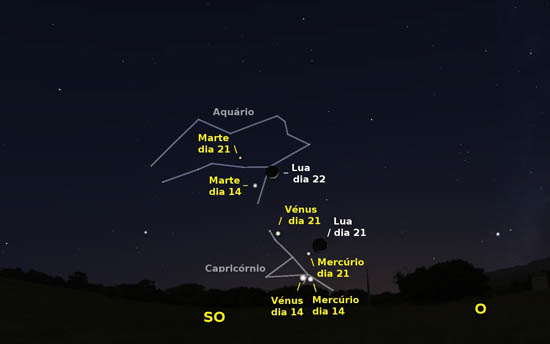 In 2015, we celebrate the International Year of Light and the technologies based on it. The main objective of this event is to raise awareness of the various ways in which light has been used to improve our living conditions.
In 2015, we celebrate the International Year of Light and the technologies based on it. The main objective of this event is to raise awareness of the various ways in which light has been used to improve our living conditions.
Astronomy, like so many other areas of knowledge, would not exist without light. This goes beyond the fact that it is mainly based on the analysis of radiation from distant sources. After all, even something as fundamental as the transmission of data obtained by space probes depends on electromagnetic radiation.
Thus, throughout this year of 2015, several activities will take place, some of them resulting from the International Year of Astronomy (EIA), which took place in 2009. Dark Skies Awareness, an initiative that aims to raise awareness of the problem of light pollution, is a good example of these activities resulting from the EIA.

In addition to the International Year of Light, 2015 has other events in store, the first of which takes place in the first days of the year: the meteor shower from Quarantidas. This one is so called because its meteors seem to come from a part of the sky (the radiant one) occupied by the old constellation Mural Quadrans (currently in disuse).
The peak of this shower of stars takes place on the night of day 3 to 4. Under the best conditions, you can expect around 40 meteors per hour in very dark places. But the presence of the Moon will make it impossible to observe so many meteors.
In this same dawn, from 3 to 4, the Earth reaches its perihelion, ie the point of its orbit closest to the Sun. they are noticeably shorter and cooler than they were six months ago.
At dawn, the Full Moon takes place, with it in the constellation Gemini. At the end of the night from day 7 to 8, we will find the Moon at five degrees south of Jupiter and, in the following dawn, it will already be 4 degrees south of Régulo, the brightest star in the constellation Leo.

In turn, on the 11th, Mercury will be located just over half a degree from Venus.
The lunar waning quarter will occur on the 13th. By this time, the Moon will be 3 degrees north of the star Spike of the constellation Virgo.
On the 14th, Mercury reaches its greatest distance to the East relative to the Sun. From this day onwards, Mercury moves closer and closer to the direction of the Sun, no longer being visible towards the end of the month.
The Moon reaches its Nova phase on the 20th, but we will only see it on the night of the 21st, with it next to Mercury, and the following night, between Venus and Mars.
Close to the end of the month, at dawn on the 27th, we have the crescent quarter. This is one of the best phases to observe the lunar mounds and craters.
Good remarks!
Author Fernando JG Pinheiro (CITEUC)
Science in the Regional Press – Ciência Viva


















Comments